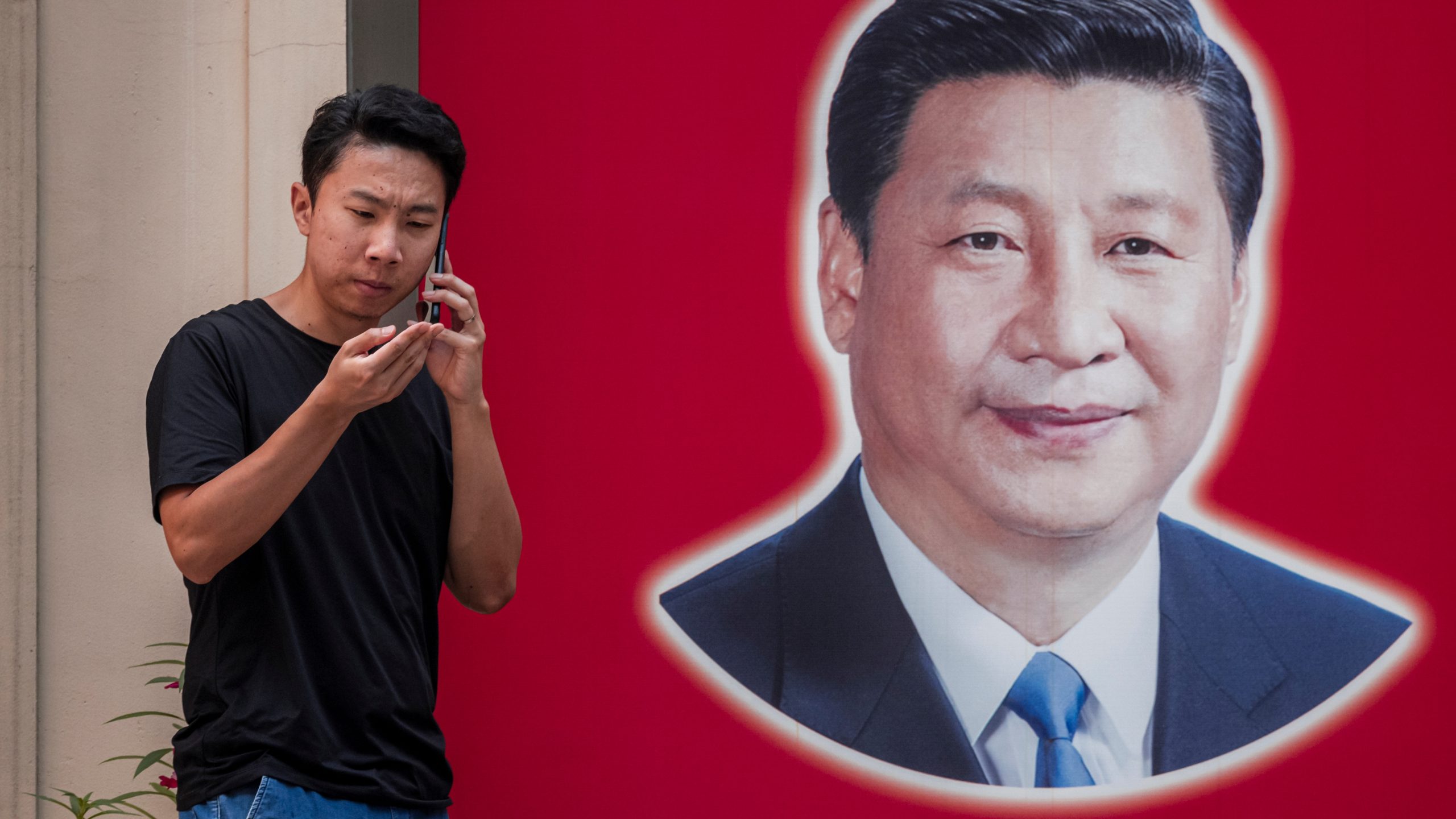Introduction:
In a remarkable leap forward for satellite communication technology, Chinese scientists have achieved a milestone by developing the world’s first satellite capable of facilitating smartphone calls directly from space, without relying on ground-based infrastructure. China’s Tiantong which translates to “connecting with heaven,” this initiative draws inspiration from ancient narratives like the biblical story of the Tower of Babel, emphasizing the mission to bridge communication divides rather than exacerbate them.
Follow us on Linkedin for everything around Semiconductors & AI
China’s Tiantong Satellite Series:
The Tiantong-1 satellite series, initiated with its inaugural launch on August 6, 2016, now boasts three satellites orbiting at a geosynchronous altitude of 36,000 kilometers, covering the vast expanse of the Asia-Pacific region. This feat represents a significant stride in global connectivity, particularly in areas where traditional communication networks may be insufficient or compromised.
Driven by Disaster Relief: In the wake of the catastrophic 2008 Sichuan earthquake, China recognized the critical need for a communication system that wouldn’t be crippled by infrastructure damage. This led to the birth of the Tiantong Project.
Taking to the Skies: The project’s core lies in the Tiantong-1 series. These three satellites reside in geosynchronous orbit, meaning they appear stationary relative to Earth. This positioning allows them to provide uninterrupted coverage across a vast swathe of the Asia-Pacific region.

Bridging the Gap: Tiantong’s significance extends far beyond China’s borders. Traditional mobile networks often struggle to reach remote areas, mountainous regions, and disaster zones. Tiantong offers a reliable communication solution in these situations, ensuring connectivity for people in Southeast Asia, the Pacific Islands, and other parts of the coverage area.
A Mobile Revolution: The recent integration of Tiantong with smartphones is a true game-changer. Huawei’s Mate60 series, and likely future models from other Chinese manufacturers, boast built-in functionality to connect directly with Tiantong satellites. This removes the need for bulky satellite phones, potentially bringing satellite communication to the masses.
The Future of Mobility: The marriage of smartphones and satellite technology holds immense promise. Imagine disaster response teams coordinating rescue efforts or travelers maintaining contact from even the most remote locations – all through their smartphones. Tiantong paves the way for a future where mobile connectivity is truly ubiquitous.
Read More: Where is China’s Semiconductor Industry Amidst US Export Controls
China’s Tiantong Smartphone Compatibility:
The breakthrough was realized when Huawei Technologies introduced the world’s first smartphone compatible with satellite calls in September of the preceding year. This innovation paved the way for other leading manufacturers such as Xiaomi, Honor, and Oppo to follow suit. As reported by the South China Morning Post, these advancements have not only enhanced communication capabilities but have also proven invaluable during emergency situations where conventional networks falter.
Read More: Why China Surged, Europe Stepped Up, and the US Shifted Gears in EV Race (2010-2024)
China’s Tiantong: How does it Work?
The Tiantong satellite mobile communication system works by utilizing a network of satellites in space, ground stations, and special user terminals. Here’s a breakdown of the process:
Space Segment:
- The core of Tiantong is a constellation of satellites, currently consisting of the three Tiantong-1 satellites. These satellites orbit Earth in a geosynchronous orbit, meaning they match Earth’s rotation and appear stationary from our perspective. This allows for continuous signal availability within their coverage zone.
Ground Segment:
- A network of ground stations plays a crucial role. These stations act as intermediaries between the satellites and user terminals.
- User signals are sent to the nearest ground station.
- The ground station then relays the signal to the appropriate Tiantong satellite overhead.
User Terminals:
- Unlike traditional cell phones, user terminals for Tiantong are specifically designed to communicate with the satellites. These terminals can be handheld devices like satellite phones or even integrated into smartphones like the Huawei Mate60 series.
- The user terminal transmits and receives signals directly with the Tiantong satellites.
Communication Flow:
- A user initiates a call, sends a text message, or transmits data through their Tiantong terminal.
- The signal is sent to the nearest ground station.
- The ground station forwards the signal to the appropriate Tiantong satellite in view.
- The satellite then transmits the signal to another satellite or down to another ground station closer to the intended recipient.
- The signal is relayed back through the ground network and finally received by another user’s terminal or the traditional terrestrial network (depending on the recipient).
Key Points:
- The system relies on a line-of-sight connection between the user terminal and the satellite. This means users might need a clear view of the sky to ensure a good signal.
- Compared to terrestrial mobile networks, communication via satellite can experience higher latency (delay) due to the longer distances involved.
Read More: What are Major IDMs and Pure Play Foundries in China
Global Leadership in Satellite Communication:
China’s strides in satellite communication technology are propelling the nation to the forefront of global innovation in this field, heralding a new era where geographic isolation no longer equates to communication isolation. As direct satellite connectivity for mobile phones emerges as a new development trend, the potential for widespread adoption among the general public is imminent.
Read More: 256% Import: China’s Chipmaking Tool Purchase Skyrocket Amidst US Sanctions
Conclusion:
In conclusion, the Tiantong satellite project represents a remarkable fusion of technological ingenuity and strategic vision, ushering in a future where seamless connectivity transcends geographical boundaries. As China continues to push the boundaries of innovation in satellite communication, the world eagerly anticipates the transformative impact of this groundbreaking technology on global connectivity and communication networks.




